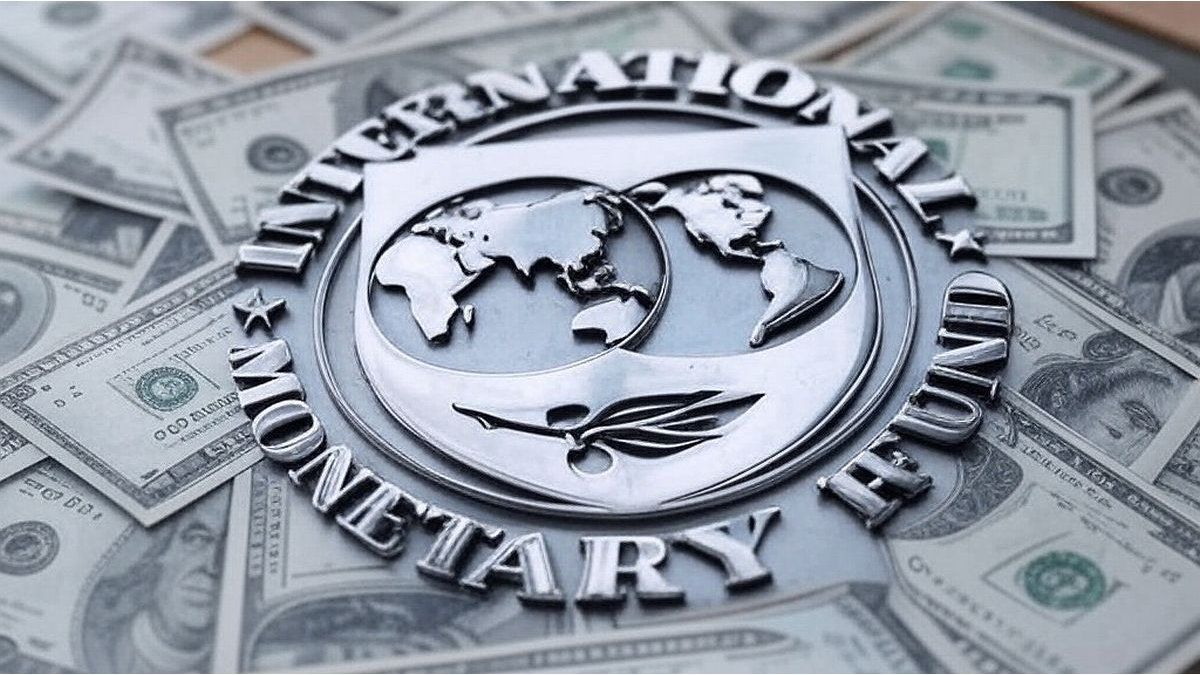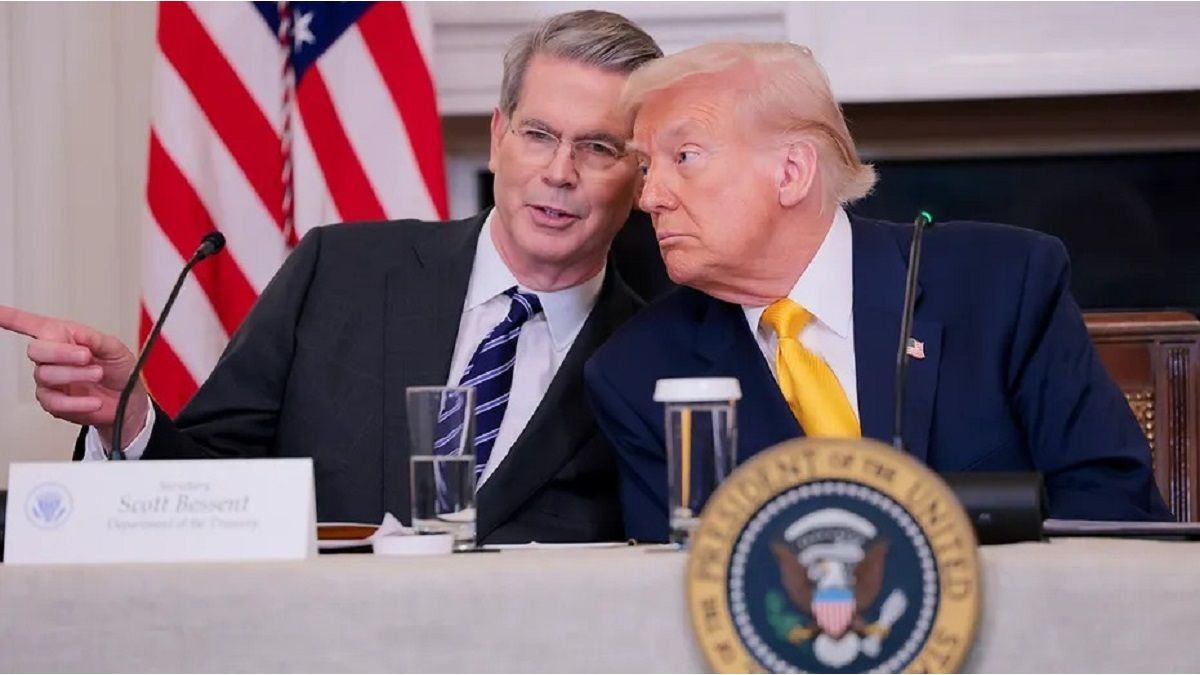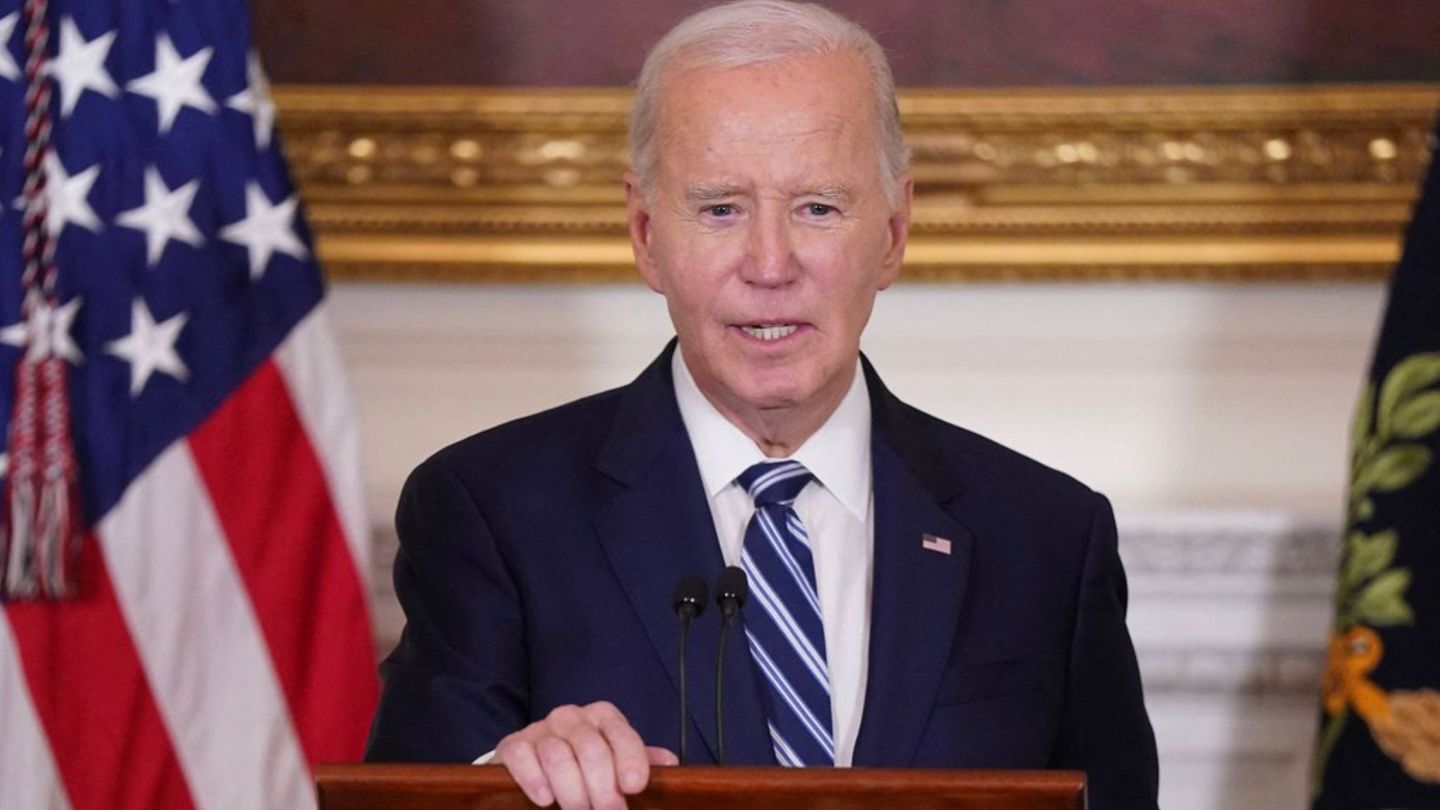He International Monetary Fund (IMF) increased its global growth forecasts. According to the latest report World Economics Perspectives (World Economic Outlook)released on Tuesday in Washington, HE projects ato expansion of 3% for The current year and of 3.1% In 2026. For the Argentina It is expected A growth of the internal gross product (GDP) of 5.5% by 2025 and 4.5% for next year.
In this way, the IMF increased by 0.2% the growth rate of the world economy for the current year in relation to its latest report, corresponding to last April, while the estimate by 2026 was also adjusted to the rise at 0.1 points. For the Argentine economy, forecasts do not present changes to the previous report.
The improvement in the perspectives in world economic activity is linked to the episodes unleashed in tariff matters after the US decision to increase import rates in an abrupt and generalized way. The panorama has now improved After the tariff rates of the first power lower than those initially announced. It also influenced an improvement financial conditions, including the weakening of the US dollar and the Fiscal expansion in some important jurisdictions.
Ok_ world creek_00[1]
“After an unprecedented escalation in tariffs imposed on the rest of the world in April, the United States partially reversed its course, pausing the highest tariff They are still historically high and global policy is still highly uncertain, with only a few countries having reached fully developed trade agreements, Pierre-Loivier Gourinchas said At the press conference provided on Tuesday.
Causes of new projections
For the chief economist of IMP Several factors contributed to the revision towards the rise in world growth. Among them:
- Concerns about future tariffs led to a strong increase in exports to the US in the first quarter of the year. This anticipation helped support activity in Europe and Asia.
- Financial conditions improved and monetary conditions relaxed while global inflation continues to decrease, largely unchanged with respect to our previous projections.
- The dollar has depreciated approximately 8 percent since January. In previous episodes, the country that imposed tariffs saw their currency appreciate, cushioning the impact of tariffs. However, this time, the depreciation of the dollar has amplified the impact of the tariff shock on the competitiveness of other countries. With a stable value in relation to the US dollar, the Chinese RMB has followed the dollar while the euro has been appreciated significantly.
“We have reviewed our upward growth projections from the April 2025 reference forecast, from 2.8% to 3% this year, and from 3% to 3.1% next year,” Gourinchas said.
Supermarket consumption meat prices inflation
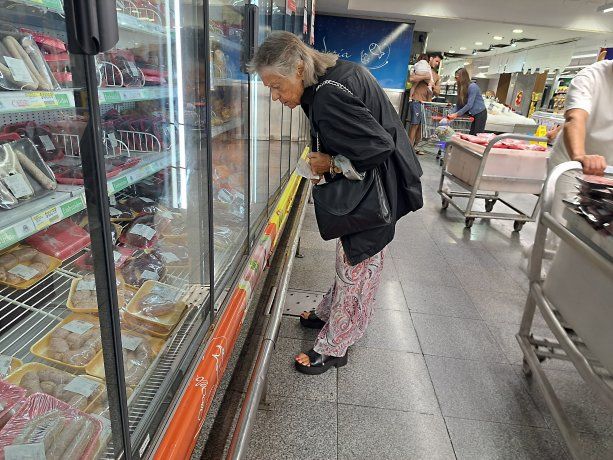
Inflation: At the global level the IMF projects more slowdown.
Mariano Fuchila
Downward inflation
As for the inflationit is expected that The average World Cup falls to 4.2% annual In 2025 and 3.6% In 2026marking a trajectory similar to that planned in April. The general panorama “hides notable differences between countries, and forecasts predict that inflation will remain above the goal in the United States and will be more moderate in other large economies,” says the report.
“Although global inflation continues to decrease, the latest price data suggests that inflationary pressures are gradually increasing in the US. Move the highest costs at their prices, ”explained the IMF economist.
Tariff impact
The risks to perspectives are inclined downward, warns the background. In this regard, he points out that A rebound of effective tariff types could lead to weaker growth.
In this regard, the economic counselor and director of the Department of Studies of the IMF, affirmed that “although the commercial shock could be less severe than initially feared, it remains considerable, and there is increasing evidence that it is harming the global economy. For example, compared to our prognosis prior to April 2, global growth is reviewed down in 0.2 percentage points this year. With around 3%, global growth is still Disappointingly lower than the average prior to COVID-19.
He also predicted that they continue to project “a persistent decrease in global trade as a proportion of the product, despite the recent anticipation, from 57% in 2024 to 53% in 2030. The risks for the global economy remain firmly down”.
Trump USA Tariffs
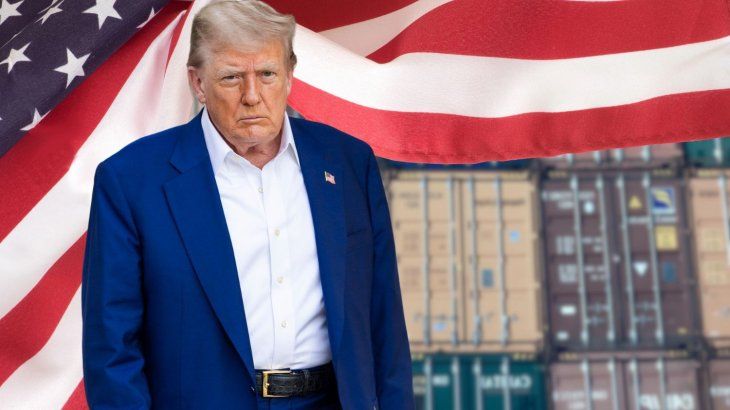
The IMF analyzes the impact of US tariff measures on world trade.
One of the reasons is that the “current commercial environment remains precarious” and tariffs could be “restored to much higher levels” once the term of August 1 expires. In this hypothesis “global production would be 0.3% lower in 2026”.
Also, the High uncertainty It could begin to weigh more about the activity, also as the deadlines for additional tariffs without progress in substantial and permanent agreements expire.
Meanwhile, the Geopolitical tensions They could disturb global supply chains and raise raw material prices.
Interest deficit and rate
Another aspect that is indicated is that higher fiscal deficits or greater risk aversion could raise long -term interest rates and harden global financial conditions. Combined with concerns about fragmentationthis It could revive volatility in financial markets.
“In too many countries, the combination of high public debt and still high public deficits remains a matter of concern. The lack of fiscal space makes these countries especially vulnerable to a sudden hardening of the financial conditions that increase the term premiums. Such hardening becomes even more likely if the independence of the Central Bank – a cornerstone of macroeconomic, monetary and financial stability – is undermined, ”said Gourinchas.
IMF recommendations
Given this scenario, Gourinchas said that the organism’s recommendation is that “Policies must generate confidence, predictability and sustainability, Calm down tensions, preserving financial and price stability, restoring tax reserves and implementing very necessary structural reforms ”.
In this context, Delineo some key priorities:
- Restore stability in commercial policy It is essential to reduce political uncertainty. We urge all parties to solve commercial disputes and agree clear and predictable frames.
- Predictable and stable rules. It is important to reaffirm and preserve the principle of independence of the Central Bank. That the central banks around the world achieved a successful ‘soft land’ despite the recent increase in inflation is largely due to their independence and credibility gained with effort.
- Restore fiscal space It is still a priority for many countries. Even where new spending needs arise, efforts should be made to implement a gradual and credible consolidation while protecting growth.
- They should be done More efforts to increase productivity (since global growth is still weak), through structural reforms.
Source: Ambito

